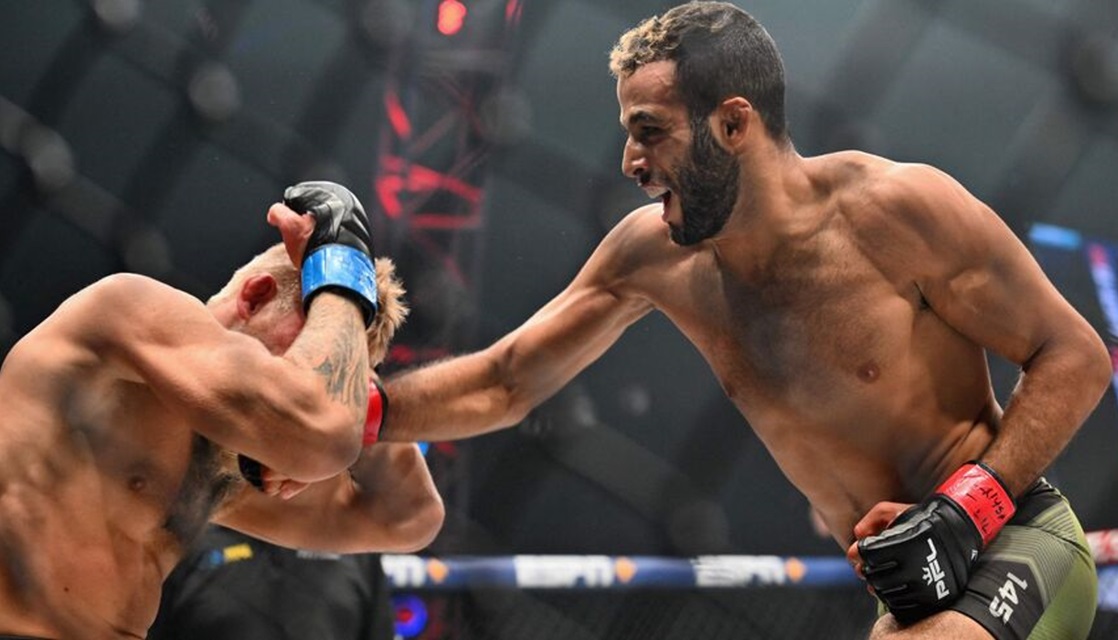When a fighter steps into the ring, they bring more than just muscle and technique; they harness the principles of physics, biology, and psychology to deliver a punch with knockout power. Understanding the science behind a fighter’s punch is as crucial for the fighter as it is for the spectator, who might be placing bets on their favorite contender on platforms like 22Bet or simply admiring the sweet science of boxing.
Let’s take a closer look at the factors that turn a mere swing into a thunderous, crowd-roaring knockout.
Table of Contents
The Physics: Force, Momentum, & Energy Transfer
Physics is the bedrock of a powerful punch. Newton’s second law states that Force equals mass times acceleration (F=ma). When a fighter throws a punch, they are not just using the weight of their arm; they engage the mass of their entire body, transferring energy from their feet, through their torso, and into their fist.
But the secret lies in acceleration. A punch delivered quickly, with explosive speed, generates tremendous force. This is where technique becomes crucial. The synchronization of a fighter’s movements, from the grounded rotation of their feet to the extension of their arm, determines the acceleration of the punch. This synchronization must be impeccable, as even a millisecond delay can significantly reduce the force delivered.
The Anatomy Of A Punch: Kinetic Chains & Muscle Memory
The human body operates on kinetic chains – interconnected groups of muscles, joints, and nerves that work together to perform complex movements. A well-executed punch uses both the anterior and posterior kinetic chains, engaging muscles from the legs, core, back, shoulders, and arms.
The role of muscle memory cannot be understated. Through rigorous training, fighters engrain the mechanics of a perfect punch into their nervous system. This process allows them to throw a punch not just with brute strength, but with refined technique that optimizes force generation.
The Mental Game: Focus & Fight IQ
Psychology plays a pivotal role in the execution of a knockout punch. A fighter must possess an acute sense of timing and the ability to read their opponent. This mental acuity, often referred to as ‘fight IQ’, allows a fighter to anticipate movements, find openings, and strike not only with power but precision.
Moreover, focus is essential. The chaos of a fight, the crowd, and the stakes at play – all fade away when a fighter is zeroing in on the perfect moment to unleash their power. This kind of focus is cultivated through years of mental conditioning and experience in the ring.
Training For Power: Speed & Resistance
Fighters spend countless hours honing their punches, both in speed and resistance. Speed drills improve acceleration, while resistance training with weights or bands enhances the mass component of the force equation. Together, these training methods increase the potential energy a fighter can unleash in a single punch.
Conditioning is also critical. A tired fighter’s punch loses its snap. Endurance training ensures that a fighter’s punches in the later rounds are as devastating as those thrown in the first.
The Impact: Concussive Force & Knockout Blows
When a fighter’s punch connects, the goal is to deliver a concussive force that disrupts the opponent’s brain function momentarily. This is where knockout power lies – in the ability to transfer the energy efficiently from the fist to the opponent’s body or head. A perfectly placed punch to the chin or temple can rattle the brain within the skull, leading to a knockout.
But it’s not just about headshots. Body punches that sap an opponent’s stamina and will to fight are often the setup for a knockout blow. They are an investment, breaking down the opponent’s defenses and creating the openings for a fight-ending punch.
Science In The Ring: Real-Time Analysis
Today, the science of punching is not just theoretical. Advanced technology allows real-time analysis of a fighter’s performance. Wearable sensors can measure punch velocity and force, providing immediate feedback for fighters to adjust their technique.
This technology benefits not only the fighters but also the spectators and gamblers, who might pore over stats and figures before placing their bets on outcomes. In the age of information, the savvy fan might browse through detailed fight analytics on sites like https://22bet.co.mz/en_mz/prematch/football to inform their predictions and strategies.
In conclusion, the knockout punch is a spectacular convergence of physics, biology, and psychology – each component amplifying the other. For aspiring fighters and enthusiasts alike, the journey into understanding the science of a fighter’s punch can be as riveting as the sport itself. It drives home the importance of respecting the discipline, the training, and the calculated risks fighters take when they step into the ring. They are not just gladiators of modern times; they are embodiments of science in motion, deftly applying complex principles with every strike they throw.



